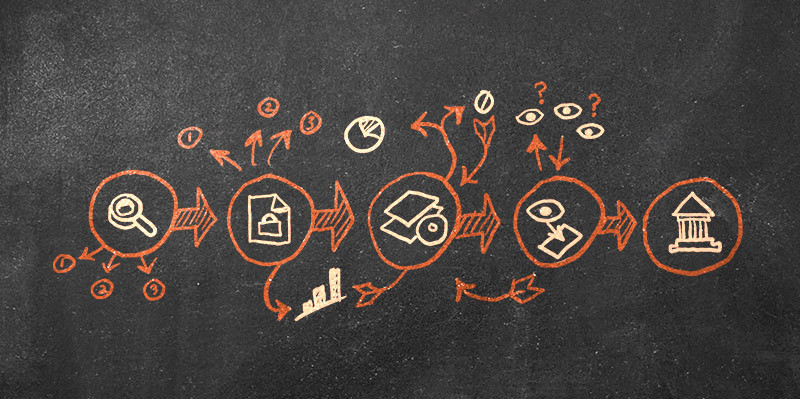GRC and eDiscovery are two essential aspects of any industry that help keep businesses compliant and protect them from potential litigation.
This post will discuss the basics of Governance, risk and compliance, and eDiscovery and how they work together to provide a comprehensive solution to businesses.
What is Governance, Risk, and Compliance (GRC)?
Governance, risk and compliance (GRC) is the umbrella term for organizations’ processes and policies pertaining to managing risks and ensuring compliance with regulations. GRC can be divided into three main categories:
– Governance: The framework of rules, roles, and responsibilities that guide an organization’s decision-making
– Risk management: The process of identifying, assessing, and mitigating risks
– Compliance: The state of meeting all applicable laws and regulations
How Does eDiscovery Fit Into GRC?
eDiscovery is the procedure of identifying, preserving, and producing electronically stored information (ESI) in response to a legal request. It may include, but is not limited to, data stored in an email system, on a company network, or in the cloud.
eDiscovery is a critical part of GRC because it assists organizations to identify and preserve relevant information in response to legal requests. eDiscovery can also help organizations manage risk by identifying potential issues early on.
Here’s how it works:
When a legal request is received, the first step is to identify what information is relevant to the case. It can be done by observing and analyzing the keywords, date ranges, and other factors.
Once the relevant information has been identified, it needs to be preserved. It is crucial because otherwise, the information could be lost or destroyed, which could be detrimental to the case.
Following preservation, the information needs to be produced either by sending it electronically or by providing hard copies to the requesting party.
Other Benefits of Using eDiscovery Software
1) Increased Efficiency
Finding what you’re looking for becomes easy when all your data is in one place. It is especially true when you have large volumes of data or need to search through multiple custodians’ data at once.
By using eDiscovery software, attorneys can quickly and easily search through large amounts of data to find the specific documents they need.
Additionally, eDiscovery software can aid attorneys to save time by automating tasks that would otherwise have to be done manually. For example, some eDiscovery platforms can automatically populate metadata fields based on the document’s content. It can save attorneys hours of time spent reviewing and coding documents.
2) Better Organization
Another way eDiscovery software can support attorneys is by providing a better way to organize their data. For example, some platforms allow users to tag documents with keywords or labels. It makes it easy to find specific documents later on.
Many eDiscovery platforms include features that allow users to secure sensitive information from documents before they are shared. It can be useful to prevent sensitive information from being accidentally leaked to the other party.
3) Increased Collaboration
eDiscovery software can also help attorneys by increasing collaboration. For example, some platforms include features that allow users to leave comments on documents. It can be beneficial when multiple attorneys are working on a case and need to communicate with each other about specific documents.
Conclusion
Governance, risk, compliance, and eDiscovery are two essential tools in a company’s compliance arsenal. When used together, they can effectively ensure that a company is compliant with all applicable laws and regulations.
